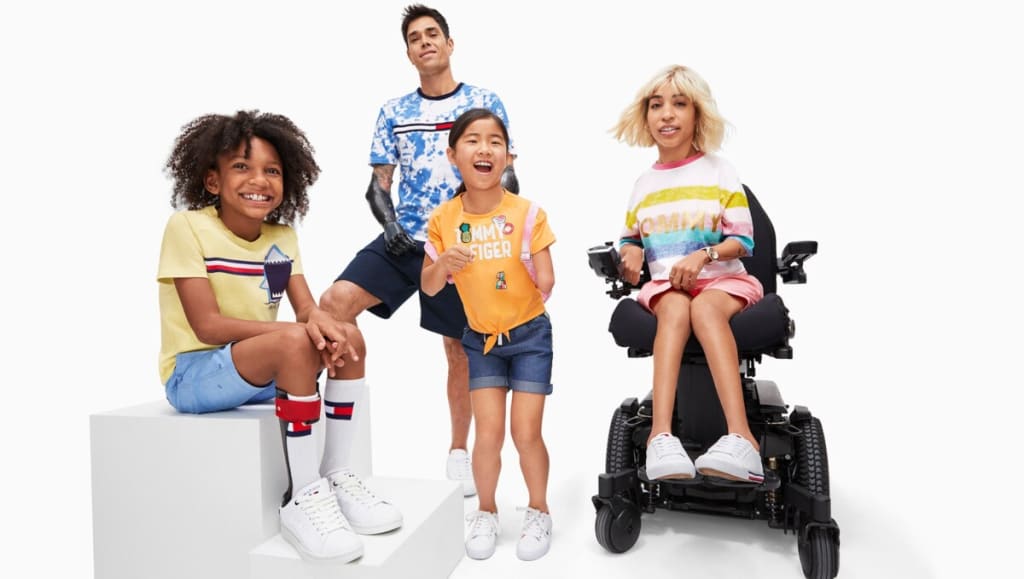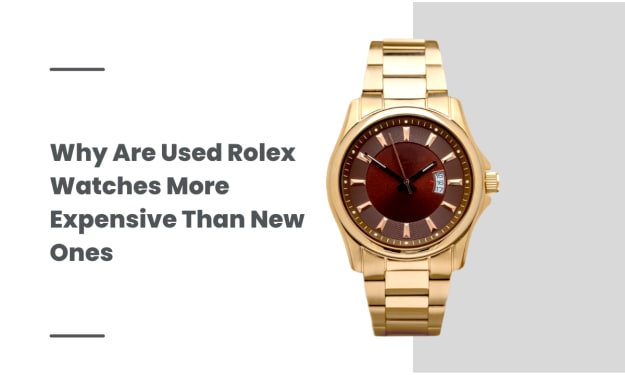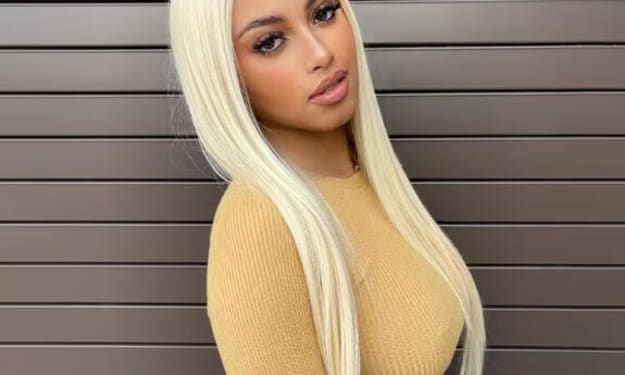Fashion and Functionality
Bridging the gap between fashion and the physically challenged society in Africa and the world

Imagine being in the shoes of someone who has lost the ability to use his/her legs. Waking up, you are helped to the washroom, where you go about your usual washroom routines. Mind you, the majority of these activities are nearly impossible for someone like you. After this ordeal, you come back out and are faced with the next one, putting on clothes.
You try to start with the basic thing-putting on underwear. You realize you need to lift your legs or bend over to get them on. But you can’t move your lower limbs and the frustration of being physically challenged washes over you all over again.
This is the daily frustration that physically challenged people are faced with every single day of their lives, and as you can see, it is not easy at all.
We have all come across a physically challenged person at least once in our life. And by physically challenged, I mean someone with an ailment or illness that has left him or her unable to do basic things without the help of another person. We have either looked at them with pity, sympathy, or awe, wondering how such people survive their everyday lives and wondering how life will be if we were in their shoes.
One aspect of physically challenged individuals that is greatly overlooked, is that of fashion. Most clothing brands make items for able people, forgetting that physically challenged people exist and need to look good too.
From basic fashion items like lingerie to full-body clothing, there are limited options for the physically challenged, especially in Africa.
Recently, I came across the story of female entrepreneur Emma Butler, the CEO of Intimately, a disability-centered clothing brand that designs and manufactures accessible lingerie for ladies with ailments and disabilities. Emma learned about adaptive clothing through her mother, who was diagnosed with Fibromyalgia when Emma was 12 years old. She witnessed her mother’s transformation following her diagnosis and the effects of chronic pain.
Emma met students with chronic diseases and other impairments while at Brown University, and she decided to do additional research on how disabilities and chronic pain affect how women dress. This combined her passion for clothing design with her commitment to her mother and others facing similar life issues.
Today, she provides easy-to-wear undergarments for women with all sorts of disabilities and helps them feel better beautiful, powerful, and strong.
Other brands like Slick Chicks, Friendly Shoes, Unhidden Clothing, and Veja are making a difference in the lives of people with disabilities across the globe.
Coming down to Africa, there’s little to no representation for people with disabilities in the fashion and clothing industry and this needs to be addressed.
Apart from this being a humanitarian crisis, the adaptive clothing space is a $400 billion untapped industry and entrepreneurs can make a huge difference in the lives of people living with all forms of disabilities while making a profit. And so, what can we do to make this a win-win situation for everyone?
First, the misconception that people with disabilities cannot enjoy beautiful clothing as much as able people can needs to change. Instead, we need to start thinking of ways to make the fashion sector more adaptive to their needs so that they feel included in every aspect.
African-owned fashion brands and designers need to start considering physically challenged individuals as part of their market base. Let’s not forget that these are still people who have needs just like every other person and need to feel good about themselves.
Dressmakers and designers need to be educated and trained on how to make accessible and adaptive clothing. If possible, this should be part of the school curriculum.
We all can make the world a better place for everyone. All it takes is to tackle the minor issues one step at a time and watch as we gradually bring down barriers that seem to make life difficult.
Remember, fashion and disability are not meant to be mutually exclusive.
About the Creator
Phoebe Srekubea Mante
I write about Business, Lifestyle and Self-development.
Enjoyed the story? Support the Creator.
Subscribe for free to receive all their stories in your feed. You could also pledge your support or give them a one-off tip, letting them know you appreciate their work.






Comments
There are no comments for this story
Be the first to respond and start the conversation.